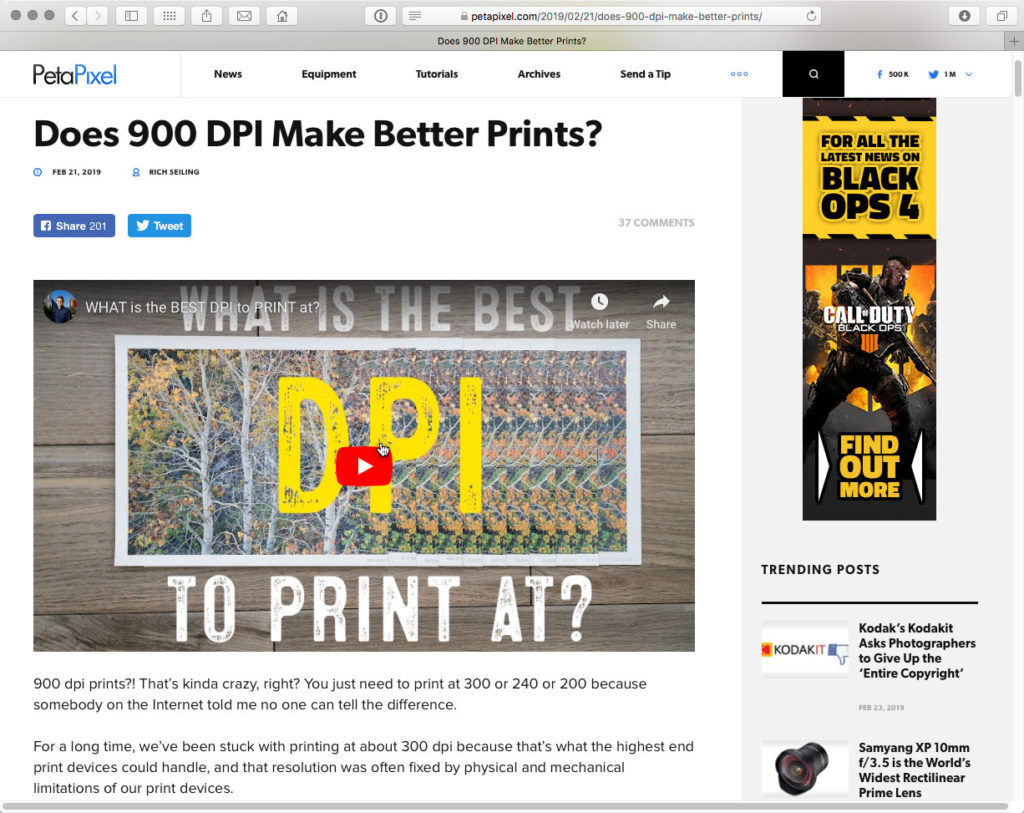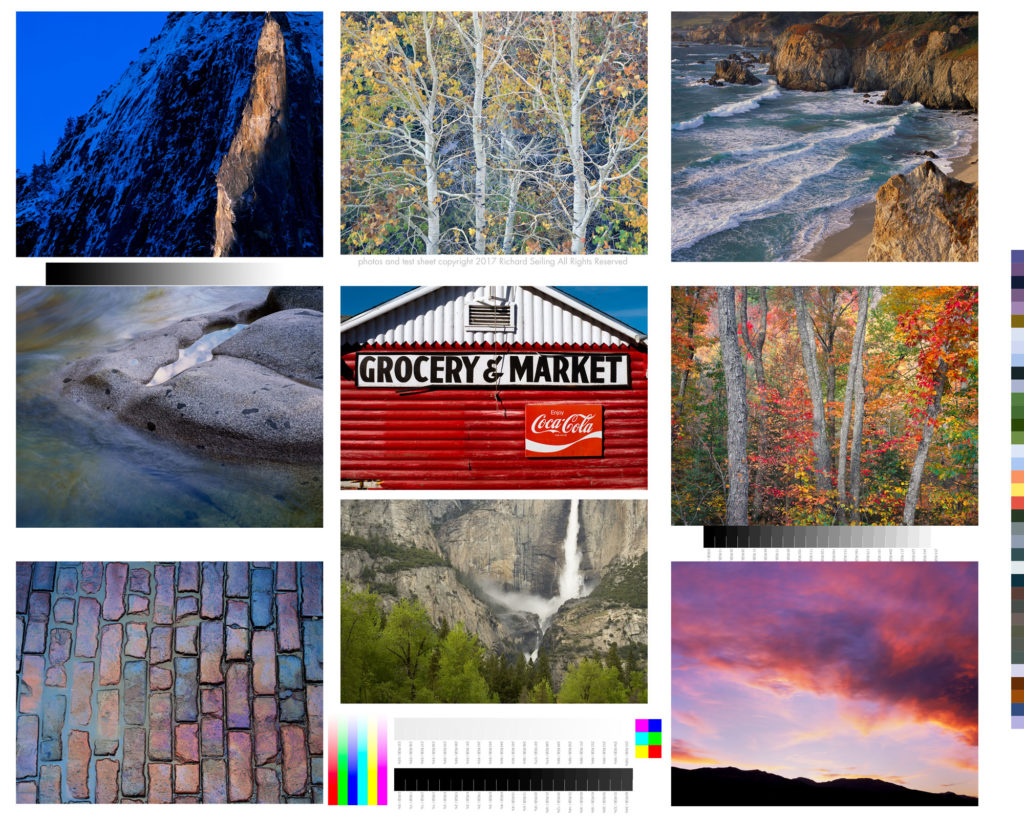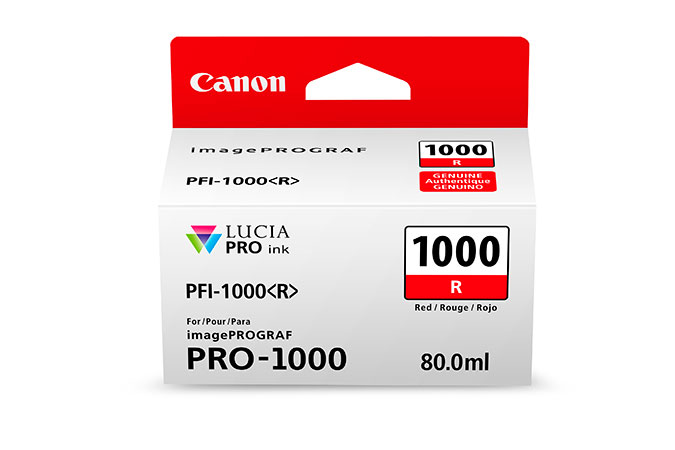Few people have had such a sweeping impact on an art as Ansel Adams continues to have on photography. He helped make photography acceptable as a fine art, and even today, he is the best selling photographer at the annual art auction. But one of the things that makes Ansel most unique is his lifelong effort to teach photography and improve the understanding of the medium. His Zone System has helped countless photographers gain control over exposure, development, and printing, and still has relevancy in the digital age.
I think there is much to be learned by reading Ansel’s books and studying his methods. I’ve been a student of Ansel since I first discovered him as a eager, but inexperienced seventeen year old. In Ansel’s books, I found answers I couldn’t find in the dozens and dozens of other books I had read. In my early years, I devoured Ansel’s books as I attempted to improve my craft, and started a journey that lead me to a stint working at the Ansel Adams Gallery in Yosemite, and the chance to meet many of the people who worked with him and whom he influenced.
His way of approaching the making of a photograph has had a profound effect on me, and I still find directly applicable to digital cameras today. So I’ve compiled a list of his books that I think will help give insight into the photographic process. While Ansel’s books are primarily about black & white (please don’t call it monochrome), the though process of making a print is equally applicable to color.
Examples: The Making of 40 Photographs
Detailed notes on the controls Ansel applied at printing to create the final piece. How he selectively lightened and darkened, controlled contrast, and more. As interesting as the technical part is, the insight into is though process, how he “saw” and pre-visualised the results is arguably of even greater valuable.
The Print
Book three of Ansel’s three part instructional series on the Zone System, The Print focuses on everything related to the printing process. The insight in to how to approach the challenges of adjusting contrast and image density both global and locally through dodging & burning is as applicable to digital processing as it is to darkroom work.
The Negative
Valuable insight into the Zone System which describes the series of shades in a photograph from black to white as Zones that can be pre-visualised to better control exposure.
The Camera
Fundamentals of how to “see” with different focal length lenses. How wide angle and telephoto lenses change the perspective on a subject, and so much more fundamental information on how cameras and lenses work.
Yosemite and the Range of Light
Ansel’s Magnum Opus, reflecting his life long relationship with Yosemite and the High Sierra. One of my favorite coffee table books, and still an inspiration.







